9 Must Do’s to grow garlic successfully
Today we begin a series on garlic designed to teach you everything you need to know to choose, to plant, to nourish, to harvest, to cure and to enjoy that magnificent vegetable we call garlic. Researchers now believe, based on biochemical and molecular markers from the most primitive fertile garlic strains identified by collectors, that garlic originated on the northwestern side of the Tien Shan in Central Asia. It began to be cultivated in that area and then was transported to China, Kazakhstan, Kyrgyzstan, Uzbekistan, Tajikistan, Afghanistan, Iran and Turkmenistan. From there it made its way into Turkey and eventually into Europe. In prehistoric times, garlic may have been indigenous to a broad area from China and India to Egypt and the Ukraine, but there are no biochemical and molecular markers which can validate this. |
|
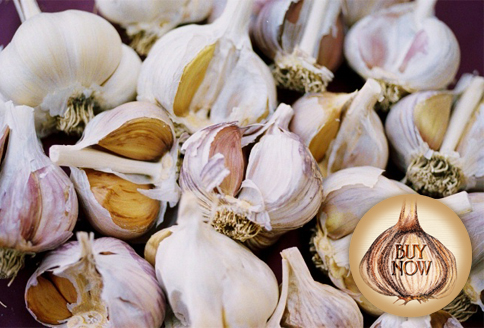 |
|
Harvesting History’s Heirloom Garlic Collection |
|
Buy Now for fall planting! |
|
| As with many plants, once you know how to grow garlic, it is easy to grow and fairly dependable year after year. The first ‘Do’ to consider is:
DO CHOOSE THE CORRECT GARLIC FOR YOUR CLIMATE There are fundamentally two kinds of garlic: hardnecks and softnecks. In the simplest terms possible, hardnecks are the most rugged and cold hardy of the garlics. They grow best in Hardiness Zones 1-5. In order to form healthy bulbs, they need to experience at least 10 weeks of cold. This period of cold exposure is known as vernalization. If the garlic plant does not experience a sufficient period of vernalization, it will not produce a bulb. Hardnecks are often more flavorful, but they do not store well. A few varieties may last up to 6 months, but most perish after 8-10 weeks. |
|
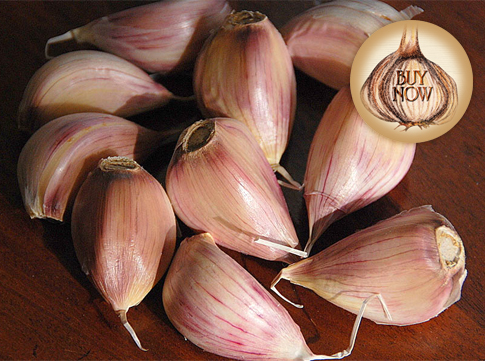 |
|
A Great Hardneck Garlic – Romanian Red |
|
Don’t miss out on Garlic Bulbs. Buy now! |
|
| Softnecks are less cold hardy than hardnecks. Most softneck varieties grow best in Hardiness Zones 5-7 with a very few varieties able to form bulbs in Hardiness Zones 8-9. Softnecks must also experience a period of vernalization, but it does not have to be as long nor as extreme. In general, softnecks have milder flavor, but they are much better for storing. Some varieties can last up to one year when properly stored. | |
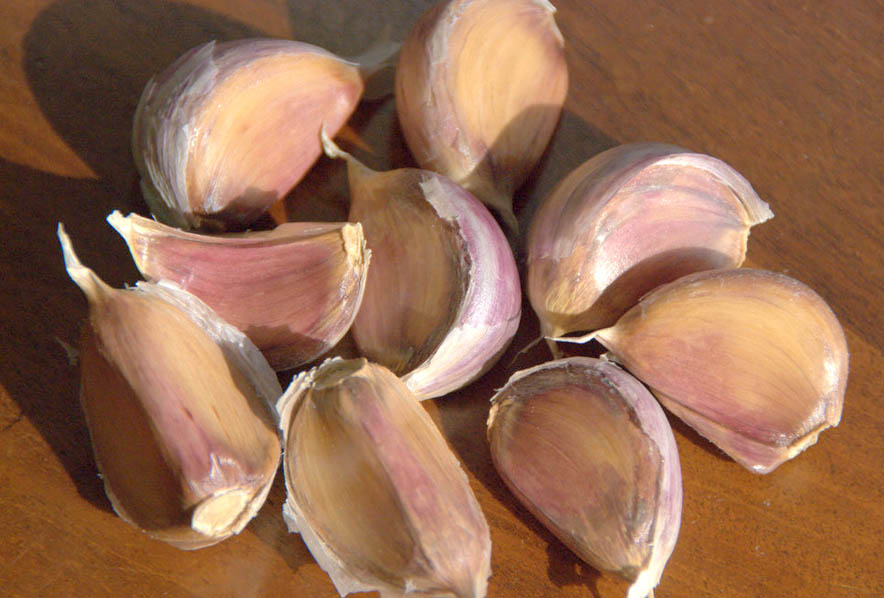 |
|
A Great Softneck Garlic – Red Toch |
|
Buy now for late summer planing! |
|
| The second ‘Do’ to consider is:
DO PLANT AT THE CORRECT TIME One of the most frequently made mistakes in home garden garlic growing is planting the garlic too early or too late. Most garlic grows best when planted in the fall. Some softnecks can flourish when planted in the spring, but hardnecks must be planted in the fall in order to produce the largest, healthiest bulbs. In Hardiness Zones 5-7, too many people plant their garlic in September or early October. That is too early. The only objective you wish to accomplish when planting garlic in the fall is to get your garlic plants to put down enough roots to keep the clove buried in the soil throughout the winter. Frost heaves, when the soil experiences frequent freezing and thawing, will often spit the cloves right out of the ground. This is not good. When planted in late October, November or December, the plant puts down enough roots to keep the clove in the ground and does not produce so much top growth that it weakens the plant. |
|
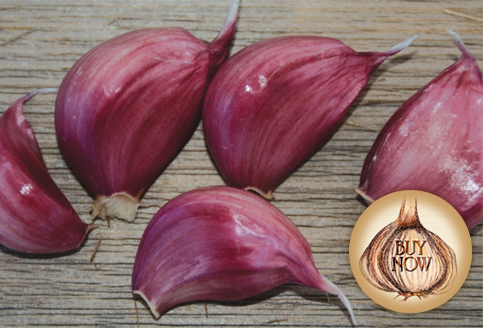 |
|
Great Warm Climate Softneck Garlic – Creole Red |
|
Get your bulbs now! |
|
| The third ‘Do’ to consider is:
DO MAKE SURE YOU LEAVE ENOUGH ROOM BETWEEN PLANTS Garlic is not a community plant. It does not like or want neighbors, so leave at least 6 inches between plants and 18 inches between rows and you will produce large garlic bulbs. If you crowd garlic, it will not bulb. DO FEED YOUR GARLIC Most soil, today, does not have enough potash (potassium) or phosphate (phosphorus) to produce large, healthy garlic bulbs, so amend your soil before you plant with each of these soil nutrients. Also, garlic loves to be fed during the winter, and its favorite food is wood ashes from a wood-burning fireplace or woodstove. Just sprinkle the ashes over the soil where the garlic is sleeping during the winter and let Mother Nature do the rest. Come spring, your garlic will be in 7th Heaven. |
|
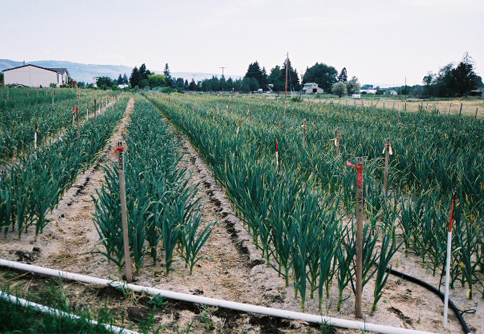 |
|
|
Commercial Garlic Fields in the Oshkanogan Valley of Washington State The fifth ‘Do’ to consider is: DO REMOVE THE SCAPES AS SOON AS YOU SEE THEM Sometime during the last 8 weeks of your garlic’s growth a bud stalk will grow out of the center of your garlic plant. Cut this stem at its base as soon as you see it. Never allow the buds to bloom. This bud stem is called a ‘scape’, and it drains the plant of its energy and compromises the size and vigor of the garlic bulb. Scapes are very pretty. Some florists use them in floral arrangements. Scapes are also good to eat. Their oniony flavor is stronger than chives but not overpowering. They can be served fresh or sautéed in olive oil. Best of all, though, scapes are fabulous when pickled, especially as a sweet pickle. DO HARVEST YOUR GARLIC AS SOON AS IT TELLS YOU IT IS READY Garlic plants are quite vocal. They love to tell you when they are ready to be harvested. When the plant’s leaves are two-thirds yellow or brown, most garlic should be dug up. The exception to this are the Asiatic and Turban garlic varieties. These varieties should be dug up as soon as their leaves begin to turn. |
|
 |
|
|
The seventh ‘Do’ to consider is: DO CURE YOUR GARLIC FOR WEEKS, NOT DAYS Garlic needs to be ‘cured’ for at least 4 weeks and at most 10 weeks before the stems can be removed. Curing significantly extends the shelf life of garlic bulb, so it is a very important part of the process. Hang the bundles in a place that has good air circulation where the plants will not be exposed to direct sunlight. The plants should not be cured in a basement or closed area where there will be no air circulation. When the stems are dried to within 2 inches of the bulb, they have finished curing. DO SELECT YOUR BEST CLOVES FOR PLANTING The most important success factor in growing great garlic is to save your largest cloves and plant them. NEVER EAT YOUR BEST CLOVES. By following this practice, year after year, you will build a collection of your own superior garlic. |
|
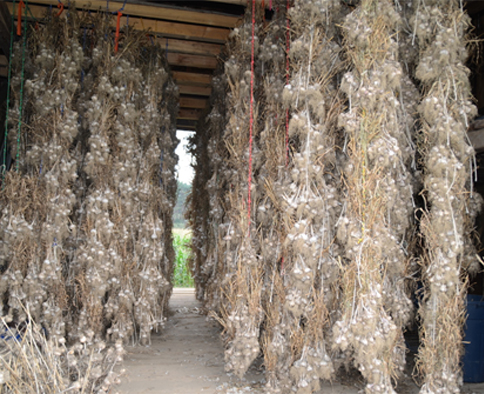 |
|
|
The ninth ‘Do’ to consider is: DO STORE YOUR GARLIC PROPERLY The science behind storing garlic is temperature. In general, garlic should be stored at temperatures above 50 degrees Farenheit, but below 68 degrees and roughly 50% humidity. Garlic stored above 68 degrees dries out much faster causing the cloves to shrivel, and the cloves lose their flavor or become bitter. Garlic stored in the 40-50 degree range will begin to sprout and the cloves may become bitter. Good air circulation is critical. Without it, the garlic can often get moldy. Oddly enough, one of the best ways to store garlic long term is by freezing the cloves. The cloves retain their flavor and texture quite well, but once they have been thawed out, they quickly (in a matter of days) lose their flavor, so only thaw out what you can use immediately. |
|
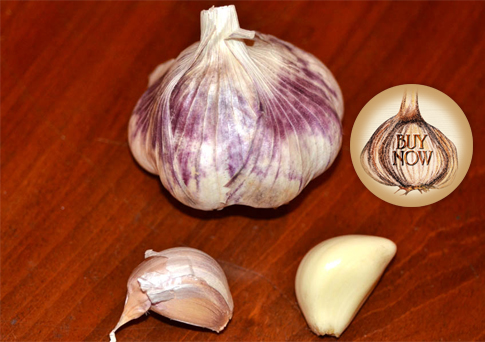 |
|
Artichoke Garlic, Inchelium RedThe Saturday, July 28, 2018 newsletter will discuss Artichoke Garlics and some of the greatest Artichoke garlic cultivars available today. All of the garlic varieties discussed in this newsletter are available on our website. We sell out of garlic quickly, so if you are thinking about ordering, please do it soon. |
|
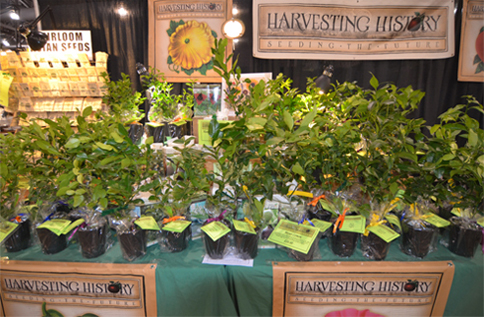 |
|
New Jersey State Fair and Sussex County Horse ShowFor our customers in New Jersey, New York, Delaware, Maryland and Connecticut, Harvesting History will have a booth at the New Jersey State Fair and Sussex County Horse Show from August 2- August 12. Come visit us and see what a real old fashion state fair is really like. This is a truly wonderful state fair. |
|
|
Celebrate your uniquely American horticultural heritage FREE SHIPPING Follow us on Instagram
|
|
 |
